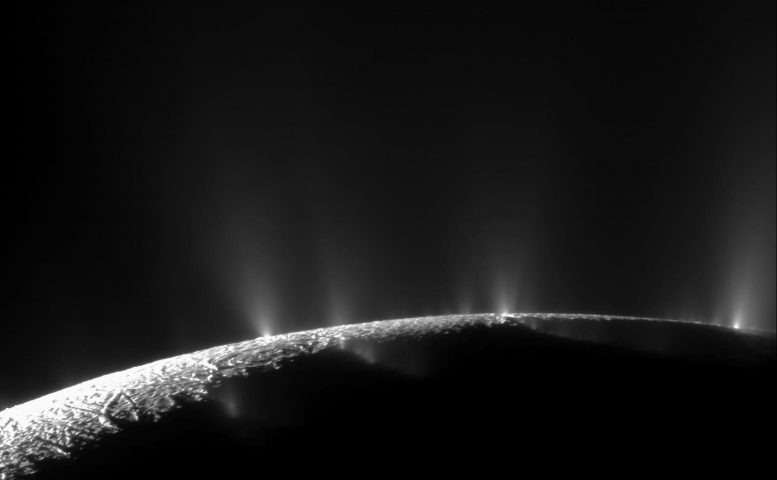
A dramatic plume sprays water ice and vapor from the south polar region of Saturn’s moon Enceladus. Cassini’s fist hint of this plume came during the spacecraft’s first close flyby of the icy moon on February 17, 2005. Credit: NASA/JPL/Space Science Institute
Data from NASA’s Cassini spacecraft reveal complex organic molecules originating from Saturn’s icy moon Enceladus, strengthening the idea that this ocean world hosts conditions suitable for life. Research results show much larger, heavier molecules than ever before.
Powerful hydrothermal vents mix up material from the moon’s water-filled, porous core with water from the moon’s massive subsurface ocean – and it is released into space, in the form of water vapor and ice grains. A team led by Frank Postberg and Nozair Khawaja of the University of Heidelberg, Germany, continues to examine the makeup of the ejected ice and has recently identified fragments of large, complex organic molecules.
Previously, Cassini had detected small, relatively common organic molecules at Enceladus that were much smaller. Complex molecules comprising hundreds of atoms are rare beyond Earth. The presence of the large complex molecules, along with liquid water and hydrothermal activity, bolsters the hypothesis that the ocean of Enceladus may be a habitable environment for life.
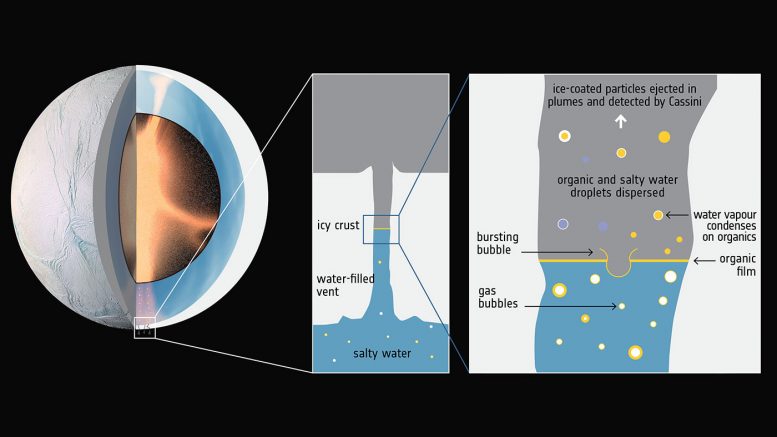
Hydrothermal activity in Enceladus’ core and the rise of organic-rich bubbles. Credit: ESA; F. Postberg et al (2018)
Such large molecules can be created by complex chemical processes, including those related to life, or they can come from primordial material in some meteorites.
At Enceladus, it’s most likely they come from hydrothermal activity driving complex chemistry in the core of the moon, Postberg said.
“In my opinion, the fragments we found are of hydrothermal origin; in the high pressures and warm temperatures we expect there, it is possible that complex organic molecules can arise,” Postberg said.
The organic material is injected into the ocean by hydrothermal vents on the floor of Enceladus’ ocean – something akin to the hydrothermal sites found at the bottom of the oceans on Earth, which are one of the possible environments that scientists investigate for the emergence of life on our own planet.
On Enceladus, bubbles of gas, rising through miles of ocean, could bring up organic material from depths, where they could form a thin film floating on the ocean surface and in cracks of vents, in the interior of the moon, beneath its icy shell.
After rising near the top of the ocean, the bubbles may burst or otherwise disperse the organics, where they were detected by Cassini.
“Continuing studies of Cassini data will help us unravel the mysteries of this intriguing ocean world,” said Cassini Project Scientist Linda Spilker of NASA’s Jet Propulsion Laboratory, Pasadena, California.
The Cassini-Huygens mission is a cooperative project of NASA, ESA (European Space Agency), and the Italian Space Agency. NASA’s Jet Propulsion Laboratory, a division of Caltech in Pasadena, manages the mission for NASA’s Science Mission Directorate, Washington. The Cassini spacecraft deliberately plunged into Saturn on September 15, 2017. JPL designed, developed, and assembled the Cassini orbiter. The radar instrument was built by JPL and the Italian Space Agency, working with team members from the U.S. and several European countries.
Reference: Frank Postberg, et al., “Macromolecular organic compounds from the depths of Enceladus” by Frank Postberg, Nozair Khawaja, Bernd Abel, Gael Choblet, Christopher R. Glein, Murthy S. Gudipati, Bryana L. Henderson, Hsiang-Wen Hsu, Sascha Kempf, Fabian Klenner, Georg Moragas-Klostermeyer, Brian Magee, Lenz Nölle, Mark Perry, René Reviol, Jürgen Schmidt, Ralf Srama, Ferdinand Stolz, Gabriel Tobie, Mario Trieloff and J. Hunter Waite, 27 June 2018, Nature.
DOI: 10.1038/s41586-018-0246-4

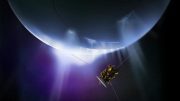
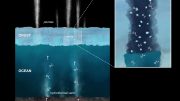
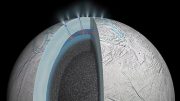
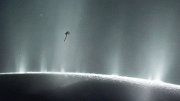
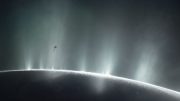
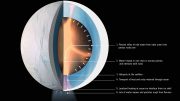
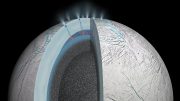
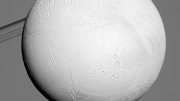
“Such large molecules can be created by complex chemical processes, including those related to life, OR (more likely), they can come from primordial material in some meteorites.”
The main question that always gets sidestepped in these clickbait headlines is, “What exactly is ‘life’?”
Doesn’t life need to come from a previous life? i.e. an unbroken thread? Or, does it just magically appear in an ‘organic soup’ of molecules?